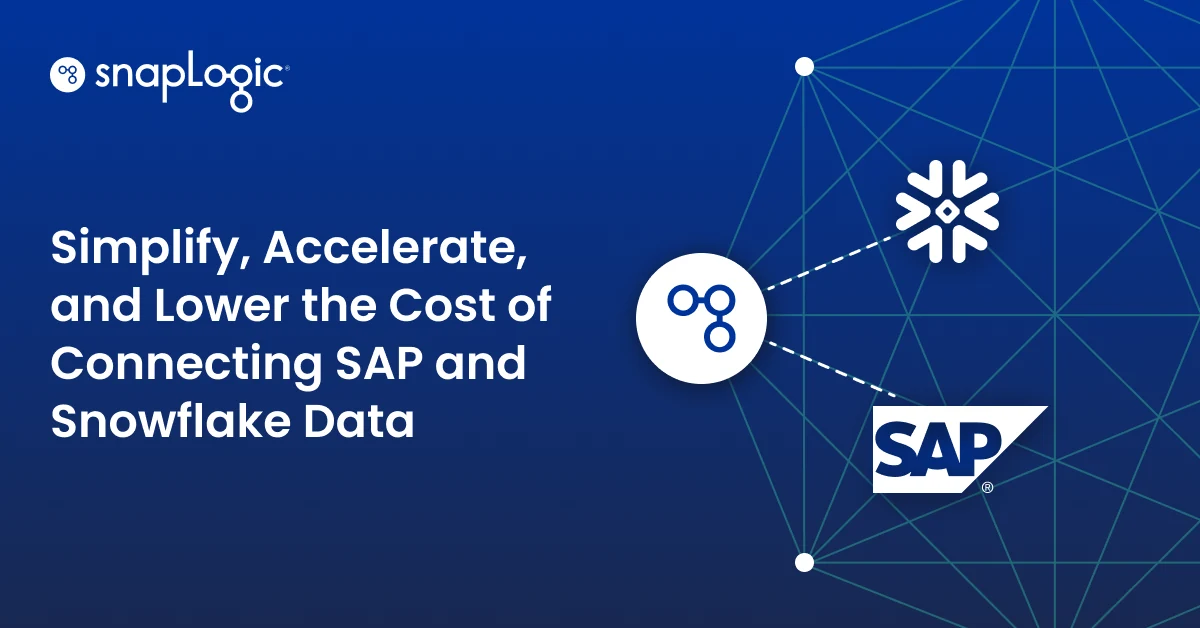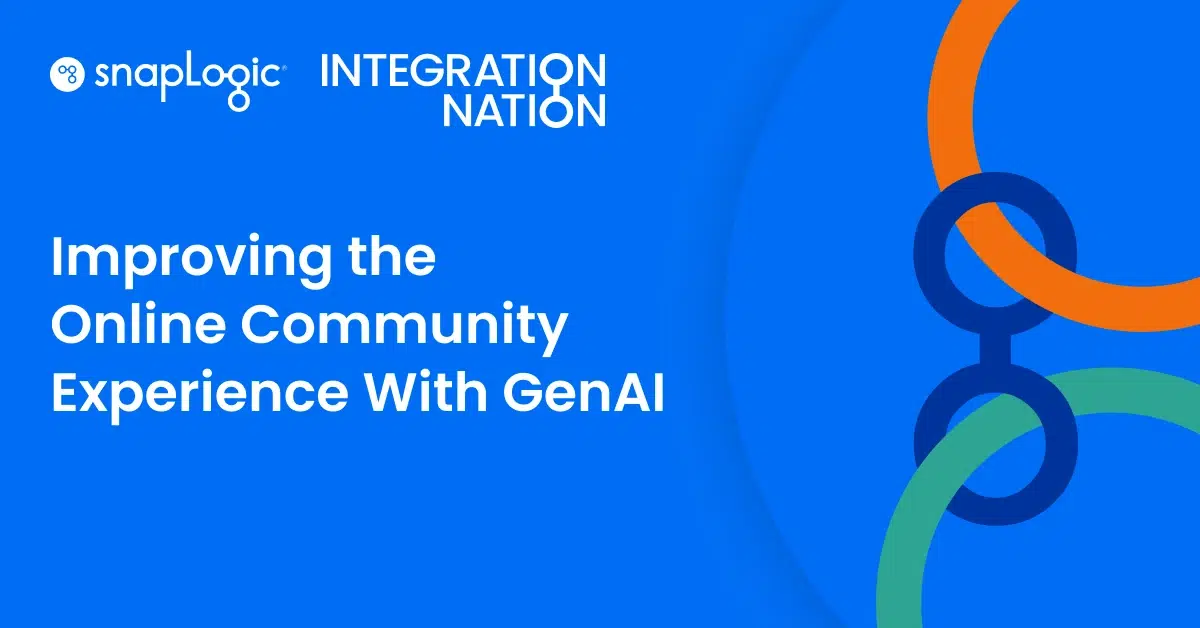Ankit Kesarwani is an enterprise integration consultant at SnapLogic partner Rojo Consultancy, a system integration and data analytics services firm with offices in the Netherlands and Spain.
With numerous SaaS applications forming a complex IT environment in enterprises, it is crucial to keep them integrated for faster and more efficient business processes.
SnapLogic’s Intelligent Integration Platform empowers enterprises by automating application and data integration – whether in the cloud, on-premises, or in hybrid environments — helping to simplify and accelerate business transformations. And now with the new SAP S/4HANA Snap Pack, the difficulties of integrating an ERP system with another are removed.
In this step-by-step blog, we will demonstrate how to integrate SAP S/4HANA, an intelligent ERP system, with ServiceNow Asset Management, a commonly used tool to track and manage the lifecycle of IT and non-IT organizational assets, following three main steps using the Snaps from the SAP S/4HANA Snap Pack:
- Read data from SAP S/4HANA
- Push data in SAP S/4HANA (Create/Update)
- Read data from Custom Table SAP S/4HANA
The Snap Pack, which includes Read, Create, Update, and Delete Snaps, allows us to seamlessly integrate to any SaaS-based or on-premises application using SnapLogic as middleware. It eliminates the pain of multiple calls for authentication and shields the developer from the API complexity without losing the functionality exposed by the platform. As a result, the implementation time is significantly reduced as well as any possible risks that may arise during the project.
Step 1: Read data from SAP S/4HANA
We can seamlessly extract data from SAP S/4HANA in query mode or delta mode using the S/4HANA Read Snap.
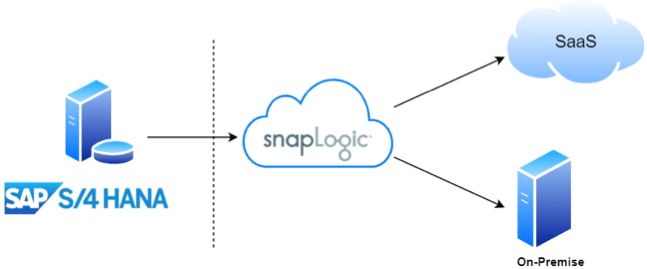
The S/4HANA Read Snap offers a wide range configuration, which can be used to solve complex integration challenges.
Below is a pipeline where we read the customer details from S/4HANA and push them to ServiceNow:

The integration setup follows the steps below:
- Select S/4HANA Read Snap.
- Configure account details for S/4HANA.
- Browse through the API collection available in SAP Gateway of S/4HANA. In this example we selected “ZCRM_BUPA_ODATA_0001” API.
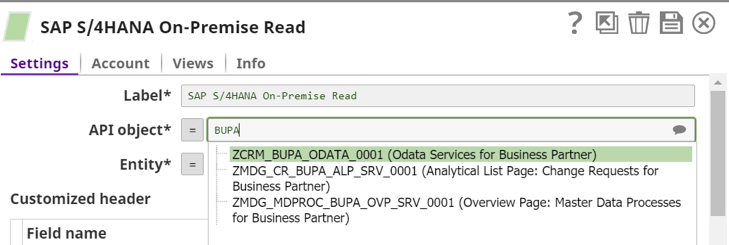
4. Browse through the available entity in the selected API.
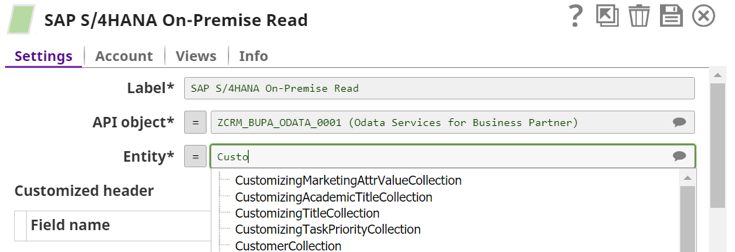
5. Filter using the key parameter or any field of the selected entity.

6. Add the Mapper Snap to transform the structure from S/4HANA to ServiceNow. In SnapLogic, the schema of the selected entity is automatically loaded.

7. In the last step, configure the ServiceNow Insert Snap.
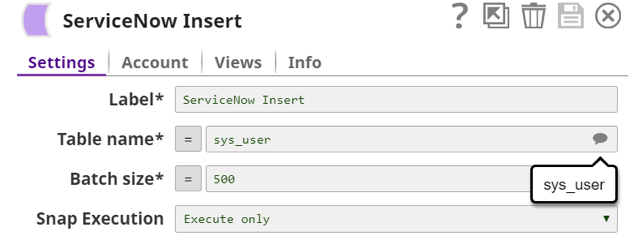
Similarly, it is possible configure the delta mode in the S/4HANA Read Snap to filter the basis of timestamp in a pipeline which is scheduled to recur.
Step 2: Push data in SAP S/4HANA (Create/Update) We can seamlessly push data to SAP S/4 HANA in query mode or delta mode using the S/4HANA Read Snap.
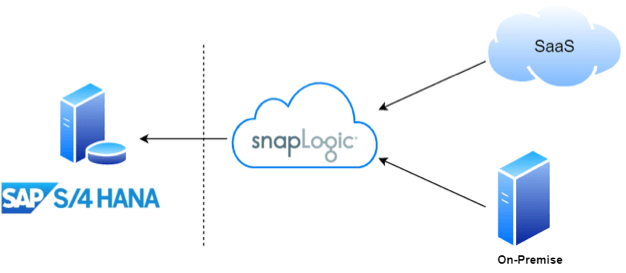
The S/4HANA Create Snap allows us to create data objects in S/4HANA on-premise application and offers a wide range of configuration which can be used to solve complex integration challenges.
Below is a sample pipeline where we read customer details from ServiceNow and push them to S/4HANA.

The integration setup follows the steps below:
1. Select the Read Snap of ServiceNow.
2. Configure the ServiceNow Snap:
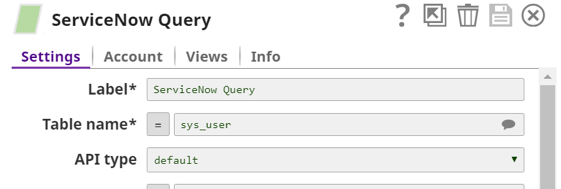
3. Add Mapper Snap to transform the structure from ServiceNow to S/4HANA. In SnapLogic, the schema of the selected entity is automatically loaded.

4. Browse through the API collection available in SAP Gateway of S/4HANA. In this example, we selected “ZCRM_BUPA_ODATA_0001” API and the entity “AccountCollection” in the Snap.
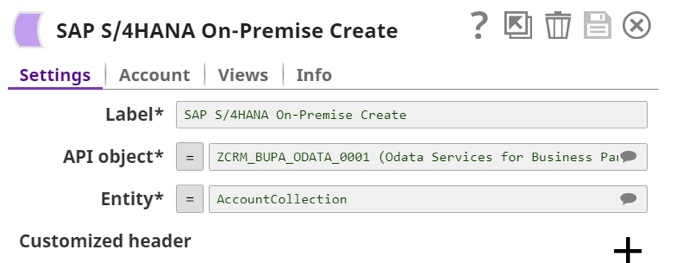
Step 3: Read data from Custom Table SAP S/4HANA
We can seamlessly extract data from custom table/CDS (Core Data Services) View created in SAP S/4HANA using the S/4HANA Read Snap.
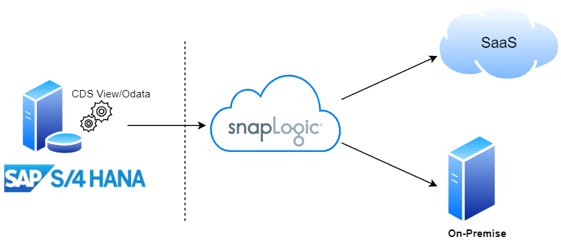
CDS views are built on existing database tables and views to provide an efficient way of data modelling. SAP S/4HANA enables customers to create their own custom CDS views, combining various CDS views to meet their specific requirement of retrieving data. These custom CDS views can be easily exposed as OData service (API), which can then be utilized to fetch data out from SAP S/4HANA Cloud.
1. A custom CDS view is created and exposed as OData service.
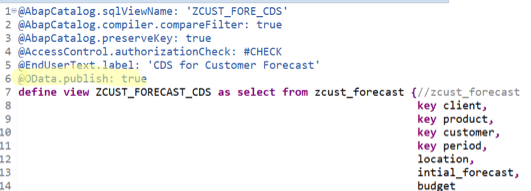
2. The OData service that is published corresponding to this custom CDS view can be browsed in the S/4HANA Snap.
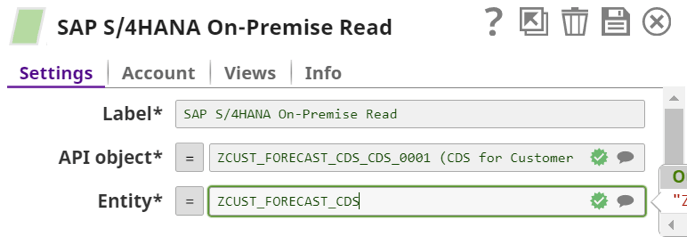
3. Add a Mapper step to transform the structure expected by target system. In this case, we push the data to ServiceNow.

4. In the last step we have the ServiceNow Insert Snap.

The scenario above extracts and pushes the data from SAP S/4HANA which helps to automate business processes in the enterprise. All features offered by SAP S/4HANA Odata API have been taken into consideration while developing the following Snaps:

Business processes tend to be highly complex. Especially when it involves SAP as the ERP system in combination with SaaS platforms, most of the effort goes into exploring and understanding the full API capabilities and connectivity requirements of an SAP platform such as S/4HANA. The S/4HANA Snap Pack significantly minimizes this effort; this way the business use-case and its automation can receive full focus from the organization.
If you are interested in or would like to learn more about the SAP S/4HANA Snap Pack, get in touch with Rojo Consultancy or SnapLogic directly.
About Rojo Consultancy
Rojo Consultancy is a system integration and data analytics services firm with offices in the Netherlands and Spain. The company specializes in cloud and on-premises integration, business process orchestration, as well as building exceptional integration cloud connectors and offering managed services, tailored to customer needs. Rojo’s portfolio includes integration and API management services for SnapLogic, SAP, and more. Learn more at rojoconsultancy.com.





